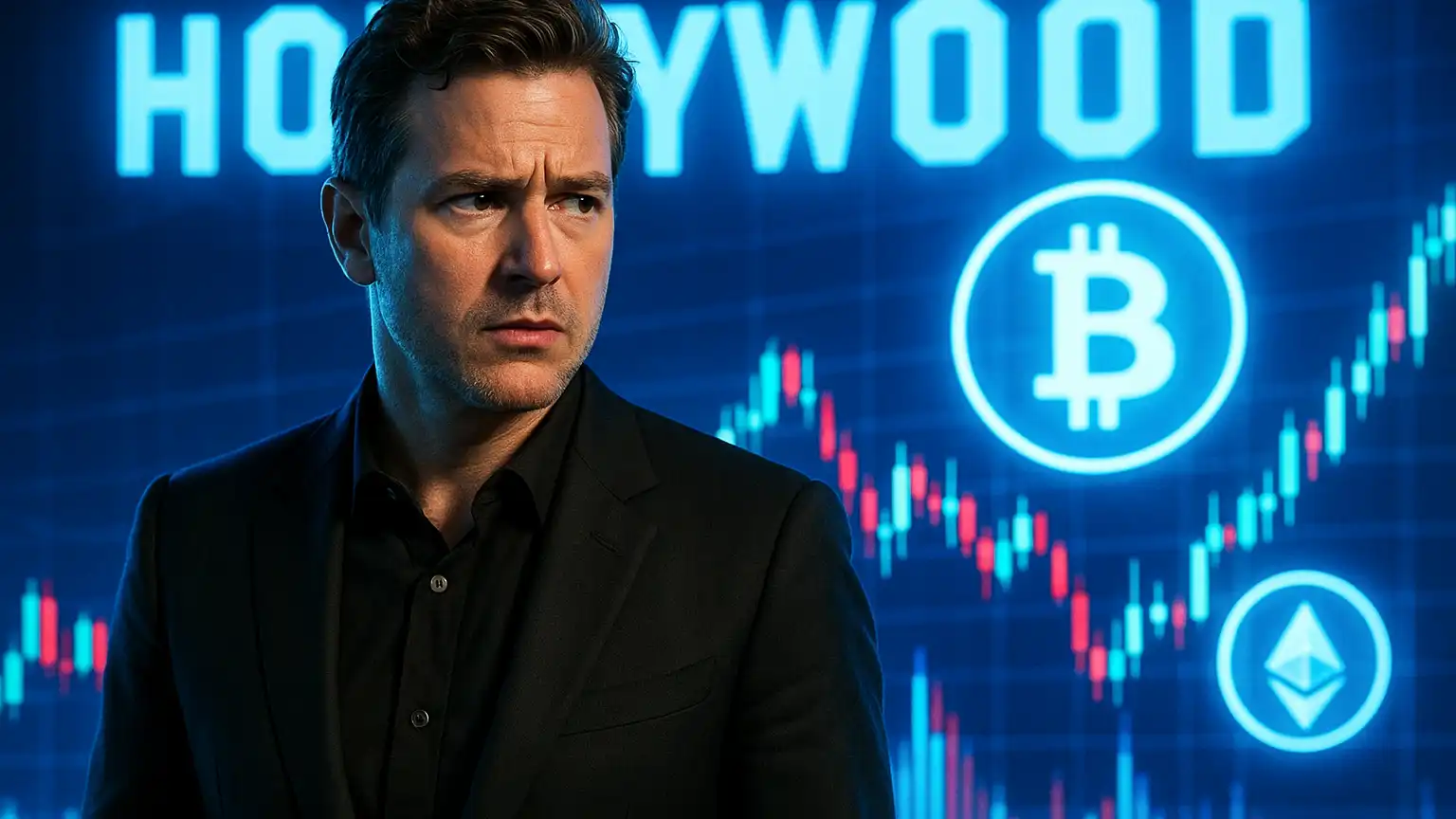The Dawn of Regulatory Cooperation: SEC and CFTC Unite for Crypto Oversight
Cooperative Catalysts in Crypto Regulation
In a move signaling a significant shift in the cryptocurrency regulation landscape, the Securities and Exchange Commission (SEC) and the Commodity Futures Trading Commission (CFTC) recently held their first joint roundtable in nearly 14 years. This unprecedented gathering marks a crucial step toward regulatory coherence, aiming to address the long-standing ambiguities that have plagued the crypto industry. Historically, the two agencies have operated in silos, complicating compliance efforts for entities straddling both securities and commodities domains. The roundtable signals not just a reconciliation of these modalities but also an acknowledgment of the rapidly evolving digital asset marketplace. The event underscored a collaborative approach to crafting rules that are both robust and adaptable, ultimately fostering a regulatory environment that supports innovation while ensuring investor protection.
Highlights of Regulatory Alignments
Acting CFTC Chair Caroline Pham emphasized the alignment of rules to reduce unnecessary costs, support responsible innovation, and create fair competition in the digital asset space. This joint discourse comes at a time when both agencies are independently executing initiatives like the SEC’s Project Crypto and the CFTC’s Crypto Sprint. These signify early attempts at easing regulatory complexities that often deter market participants. By focusing on harmonization, the goal is to enhance efficiency, clarity, and accessibility, thereby democratizing investor access to digital assets and bolstering global capital markets.
Pragmatic Approaches to Enforcement
In addressing the challenges faced by the CFTC, Pham reported an active enforcement calendar with notable strides in digital asset-related lawsuits. From January through early September, the CFTC engaged in numerous enforcement actions, which speak to its commitment to ensuring market integrity. These efforts reveal an agency both active and effective in curtailing malpractices within the cryptosphere, countering the fear, uncertainty, and doubt (FUD) often associated with regulatory inertia. This vigorous approach contrasts markedly with prior years of hesitancy, charting a new path for how digital assets are governed.
Innovation and Market Structure
As the panels at the roundtable navigated issues of market structure and innovation, topics such as extended trading hours and prediction markets were discussed. The inclusion of executives from leading crypto firms underscored the practical complexities and the shared desire to refine the regulatory landscape. Extended trading hours and perpetual contracts point to the global nature of crypto markets, requiring thoughtful regulation to balance innovation with investor protection.
SEC’s Commitment to Crypto Oversight
SEC Chairman Paul Atkins labeled crypto as a top priority for the agency, highlighting asset tokenization as a pivotal focus. With tokenization poised to revolutionize various asset classes, Atkins noted the immense regulatory challenges and opportunities it presents. Though guidelines may take years to develop fully, the potential for tokenization is vast, promising to redefine traditional methods of asset ownership and trading. The SEC’s proactive stance aims to set a consistent standard, mitigating risks while embracing the transformative nature of blockchain technologies.
Continuous Dialogue for a Future-Ready Framework
Beyond immediate regulatory efforts, the roundtable highlighted the need for ongoing dialogue between regulatory bodies and industry stakeholders. This conversation ensures that regulations remain pertinent and adaptive, addressing the novel challenges presented by emerging technologies. As the SEC and CFTC prepare for sustained cooperation, the broader market hopes for a simplified yet effective compliance landscape that accommodates both legal currency operations and the novel propositions offered by crypto assets in financial markets.
Reconciling the Tokenization Debate
Away from procedural discussions, the classification of tokenized securities remains a contentious issue. Debates over fungibility and derivative nature reflect deeper discrepancies in regulatory philosophy. Gabriel Shapiro’s argument in favor of fungible tokenized securities, juxtaposed with Justin Slaughter’s cautious stance, underscores the intricate legal dynamics at play. The regulatory community grapples with defining these assets within existing legal frameworks, contemplating innovations like Superstate or MetaLeX that potentially streamline tokenization practices. These discussions highlight the need for flexible yet precise guidelines to bridge the gaps between traditional and digital asset markets.
A New Dawn in Crypto Regulation
By engaging in such comprehensive dialogues, the SEC and CFTC aim to transcend past limitations, fostering a regulatory environment that encourages secure, sustainable innovation in the cryptocurrency sector. Both agencies are poised to not only mitigate risks but also to provide a foundation upon which the thriving digital asset ecosystem can sustainably grow. The strategic alignment observed in this roundtable may well set a landmark precedent, paving the way for a unified regulatory framework that accommodates both technological advancements and the safeguarding of investor interests.



